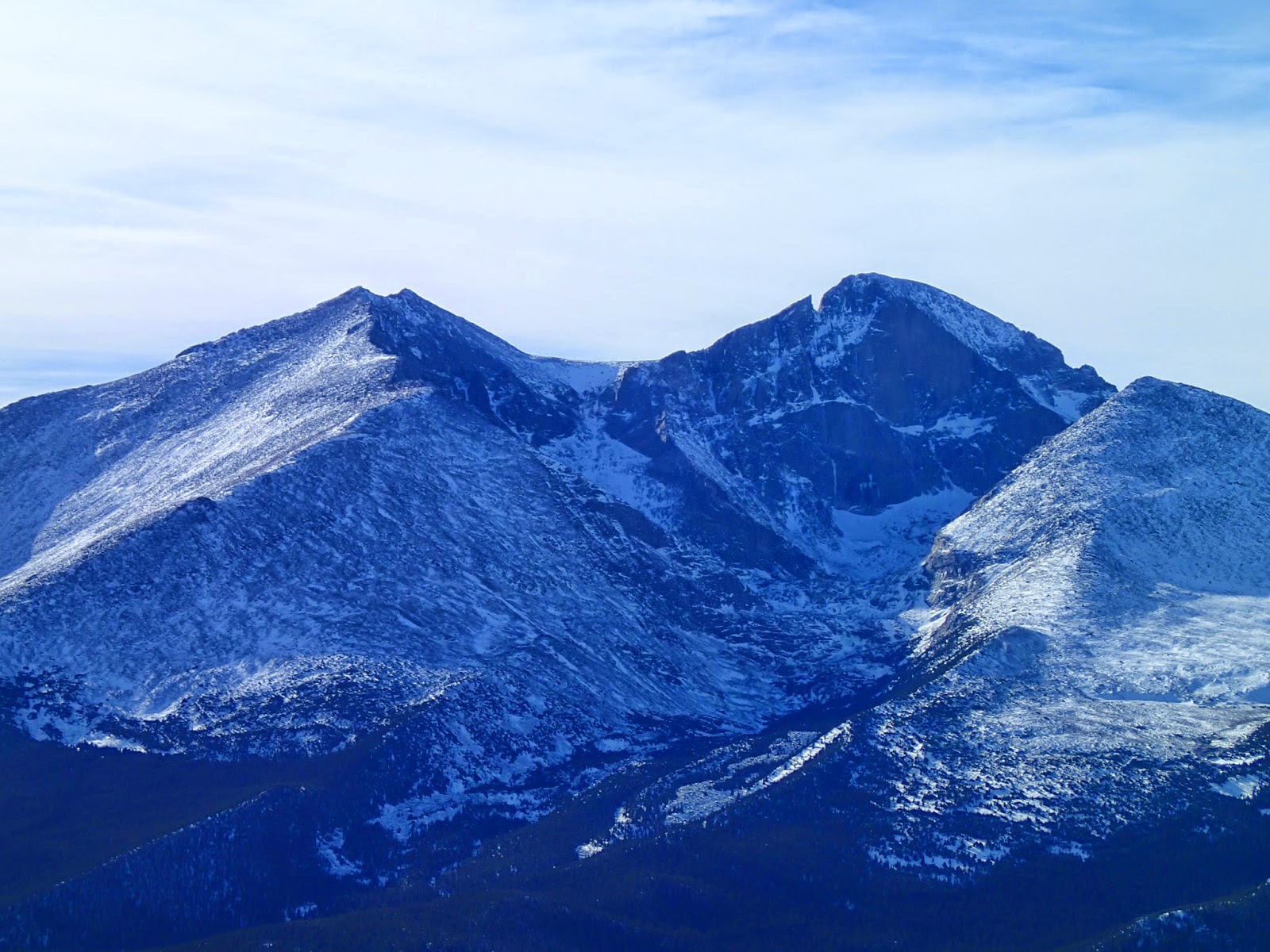 |
| View up Unnamed 6613 from the ridge |
We started out from the trailhead and found the mosquitoes were not as bad as expected--they can be pretty awful most years. Chris had also been up Huckleberry, but he went up a different ridge and hadn't hiked the trail. He was pleased at how nice of a trail it is. It seems to be the perfect grade for climbing up or for walking down. This great trail led us through the forest filled with huckleberry bushes and beargrass and before long we found ourselves on the last, open climb up to the saddle.
 |
| Last push to the lookout |
The snow there was not as bad as I had seen it in previous years, but it was still quite steep. Someone had gone before us and we could tell from his prints he was breaking trail with his 12-point crampons. We didn't feel it was that bad--we both just had hiking shoes on--and we didn't even take our ice axes off our packs.
We began the traverse on the trail and when it neared a spot below the saddle on the ridge we left the trail and climbed up snow to the saddle. Once past the little cornice and up top the going was easy. We could walk along the open ridge or on the snow and quickly found our way up to the summit of Unnamed 6613.
 |
| Muddy North Fork Flathead River |
We reached the top just before the man who had been breaking trail to the lookout. He had been on his way back and had decided it would be easier to follow the ridge back than take the trail. We talked to him briefly on how we had made it to the ridge and then he headed out. He was loaded down with gear. We knew he had crampons, and on his pack we saw an ice axe and snowshoes. In his hands he had his trekking poles. I wouldn't be surprised if there was a gps somewhere there too.
We enjoyed the views into the park and over to Huckleberry and then decided to head that way. The going down to the saddle was quick and easy. Mostly we stayed on snow and slid down almost right to where the trail came up to the ridge. From there we easily followed the trail the last 5-10 minutes up to the lookout.
 |
| Huckleberry Lookout |
We sat at the lookout and ate some lunch while we took in the great views all around. The North Fork was brown and muddy and the view up the drainage was lovely. The high peaks of the park were beautiful with all the late spring snow they had received earlier in the week. We sat and enjoyed the break and the surroundings until clouds moved in and started raining on us a bit. It actually cooled off quite a bit and we put on our rain jackets and headed back down the trail.
 |
| Chris heading down the trail with Unnamed 6613 in back |
Fortunately the rain didn't last too long. We had thought we would maybe retrace our track over the first summit, but then we figured that the trail really couldn't be that bad. Staying on the trail would also save us extra elevation gain and loss. It turned out that the trail was not very difficult and we quickly negotiated all the steep snow and found ourselves back at the saddle where the trail first climbed up high. From there it was a pleasant walk back down the perfectly-graded trail to the vehicle. It had been a great outing in the park and we climbed two peaks in the process.
Elevation gain: 3075' Total gain: 74,825'












































